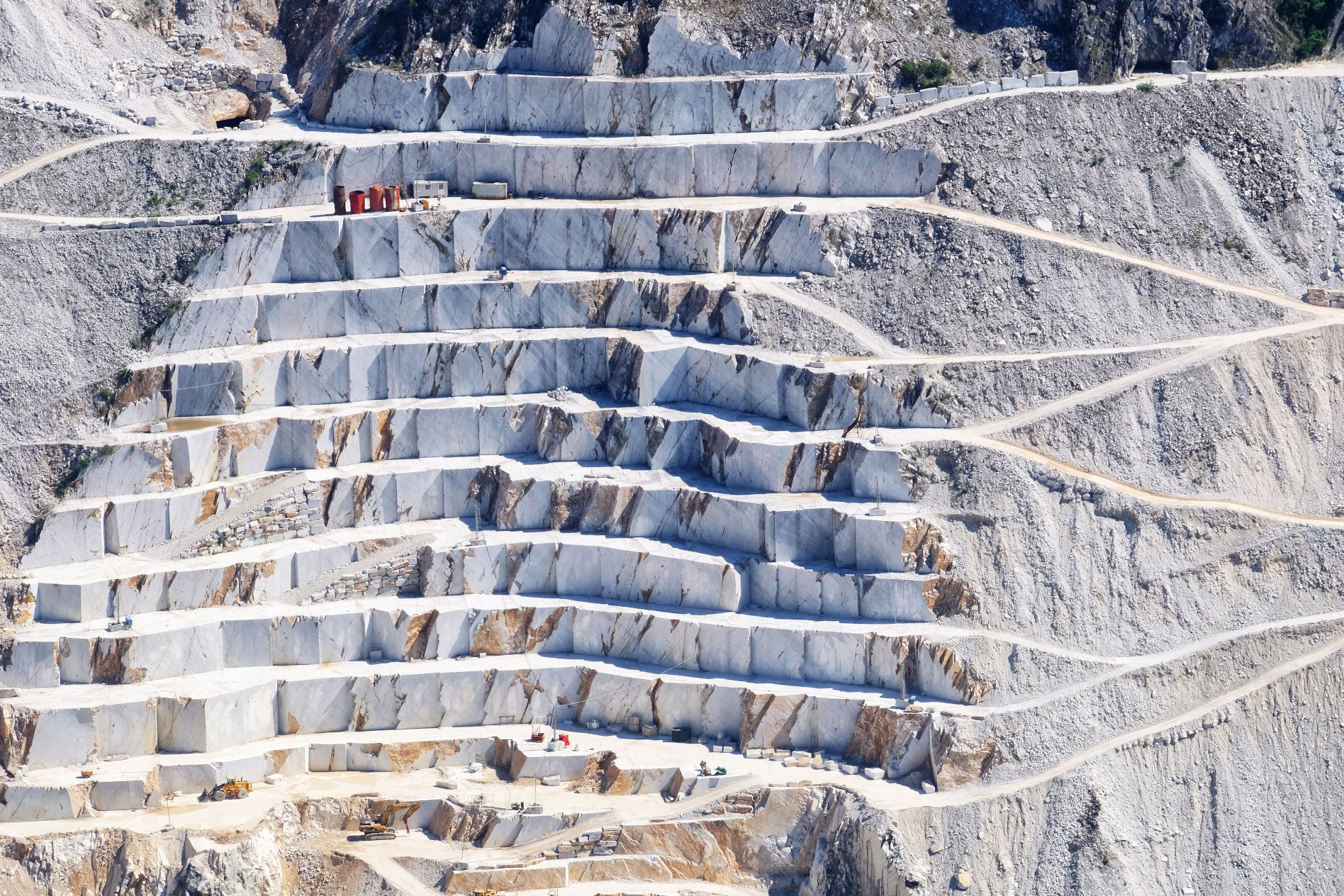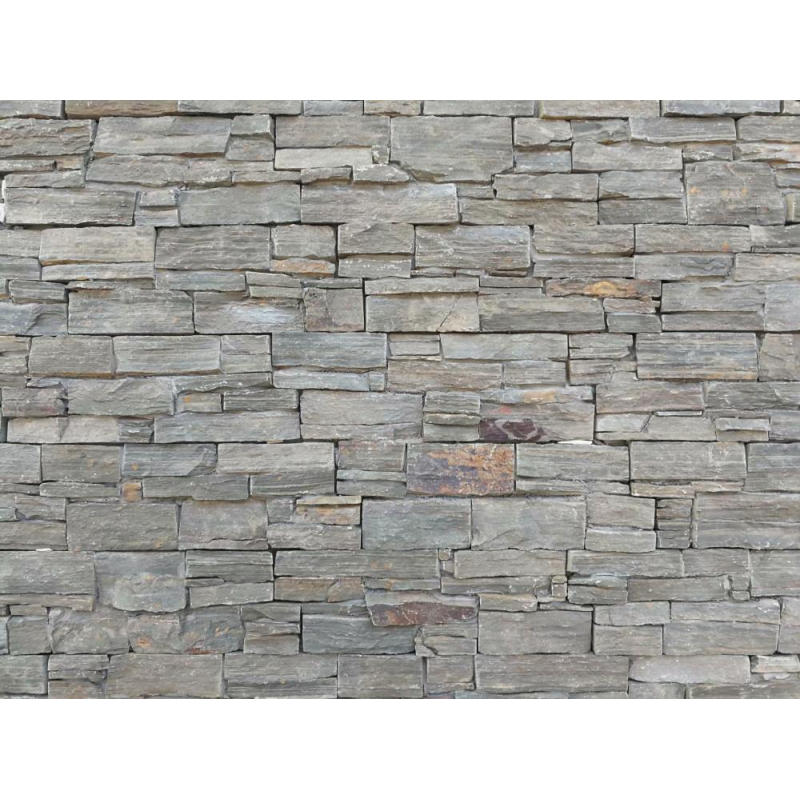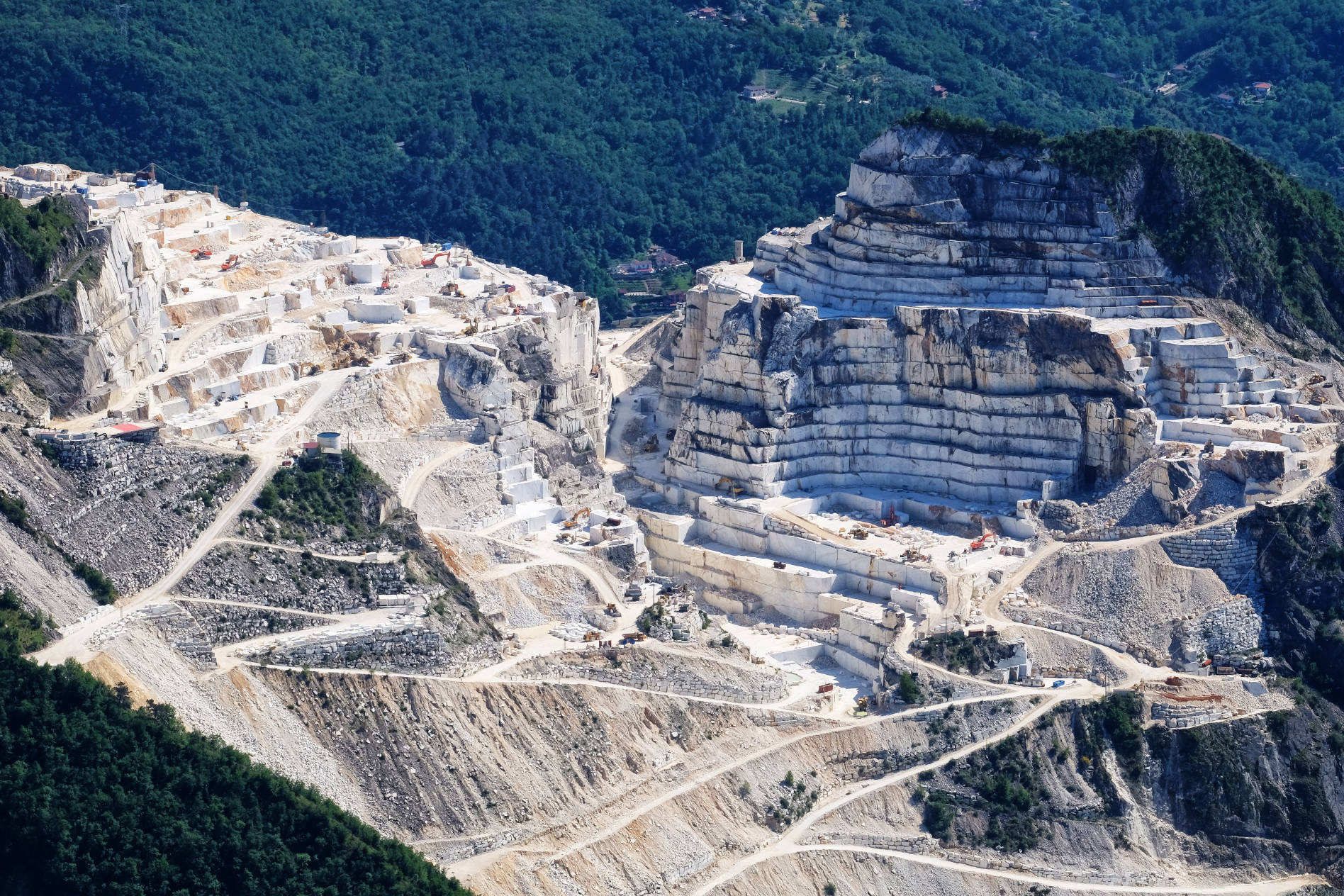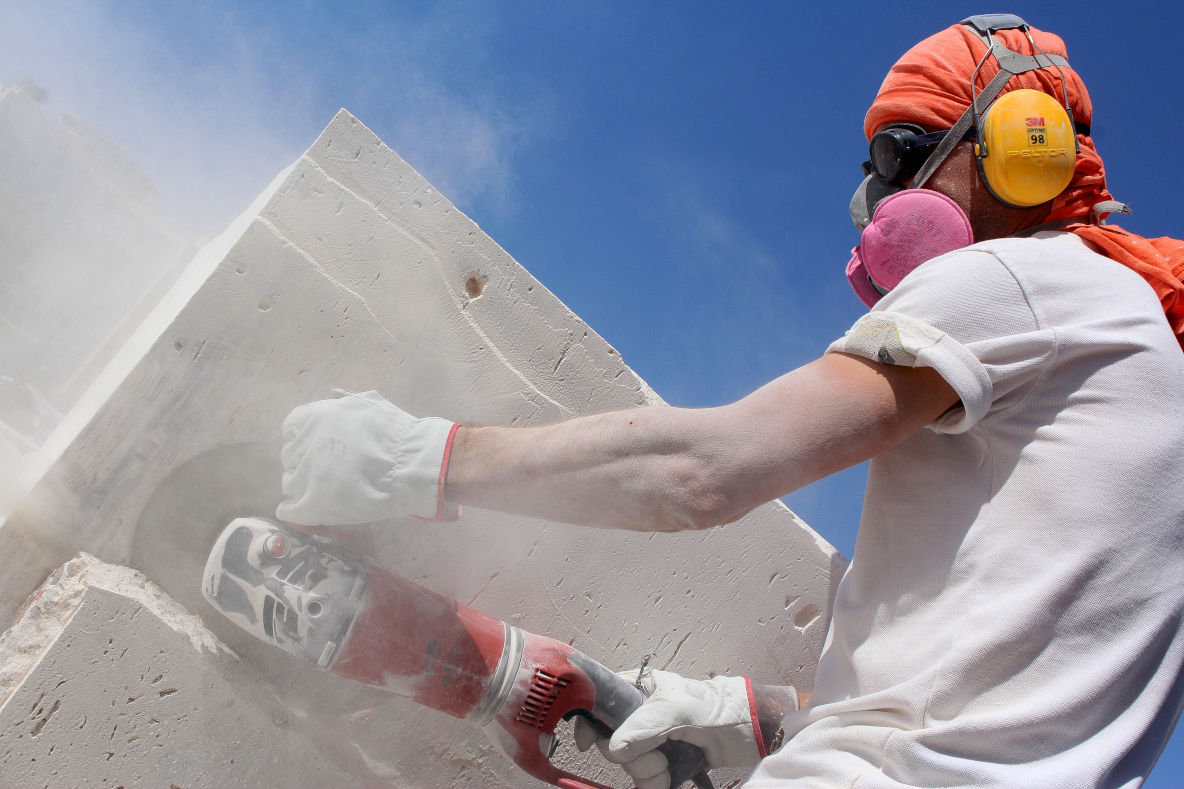

Ha u emisa ho nahana ka eona, lejoe la tlhaho le theha motheo oa tsoelo-pele ea rona ea kajeno ka tsela e kholo. Ho tloha meahong eo re phelang ho eona, re sebetsa le ho reka ho ea fatše re tsamaea le ho khanna ho ea pele, ho phela ntle le mohloli ona oa bohlokoa oa tlhaho ho thata ho nahana.
Leeto leo mefuta e fapaneng ea lejoe la tlhaho take from the depths of the earth and into the construction of homes, commercial buildings and roads is a fascinating one. Let us dive in and explore the origins of natural stone and how it’s made.

Lejoe la tlhaho le ka aroloa ka litsela tse tharo: Igneous, Sedimentary le Metamorphic.
Igneous rocks are the result of magma or lava solidifying and cooling, either beneath the earth’s surface or ejected from volcanoes and left to cool above-ground. Granite is the most common form of igneous stone but other kinds include basalt, dunite, rhyolite and gabbro.
Sedimentary rocks form through a combination of fragments from other rocks, along with the remains of plants, animals and other organic materials. These materials accumulate in deserts, oceans and lakes before they are compressed into their final form by the weight of the earth above them. Limestone is the most common sedimentary rock with siltstone, dolomite and shale comprising other variations.
Metamorphic rocks previously existed as igneous or sedimentary stones and were then transformed due to heat and pressure applied through exposure to magma, the weight of earth above them when buried deep underground, or a combination of both. Marble is the most famous stone of the metamorphic variety and quartzite, soapstone, gneiss and jade, among others, round out this fascinating category.

Marble Quarry e Tuscany
Ka mor'a hore tlhaho e hlokomele mohato oa pele oa ho theha lejoe, mohato o latelang oa ho tlosa le ho lokisa lejoe hore le sebelisoe ho etsoa ke matsoho a batho libakeng tsa majoe lefatšeng lohle.
Mokhoa oa ho chekoa majoe o pharaletse 'me o hloka mechine e matla hammoho le basebetsi ba nang le litsebo tsa ho epa. Pele lejoe le ka angoa, ho na le lethathamo le lelelele la liketso tse lokelang ho etsoa.
Taba ea pele, sehlopha sa litsebi tsa jeoloji se tlameha ho fumana matsoapo a majoe sebakeng sa koari se ka hlahlojoang. Ka mor'a moo, ho nkoa mohlala oa lejoe ka ho phunngoa lefikeng ka likotoana tsa ho phunya ntlha ea taemane. Joale mohlala oa hlahlojoa ho fumana hore na o na le litšobotsi tse lakatsehang tse ka sebelisoang e le thepa ea mohaho.
Ho nka hore lejoe le lumellana le bili bakeng sa merero ea kaho, ts'ebetso e telele le e hahelletsoeng ea ho fumana mangolo a tumello le litumello tse tsoang mmusong oa lehae oa qala. Ho ipapisitse le naha le naha, sena se ka nka lilemo ho fihlela pheletso.
Hang ha tumello ea ho qetela e fanoe, mosebetsi o qala ho tlosa lithōle leha e le life, litšila le litšitiso tse ling tse neng li ka sitisa mosebetsi oa ho chekoa. Se phaellang bothateng bona ke ’nete ea hore likori tse ngata li lutse libakeng tse hōle le tseo ho seng bonolo ho fihla ho tsona, tse hlokang hore ho hahoe litsela tsohle le likotopo pele mosebetsi oa sebele o ka qala.
Motsoako oa lisakha tsa terata ea daemane, lirumula tse nang le matla a phahameng le liqhomane tsa nako e behiloeng li sebelisoa ho arola majoe ho tloha sefahlehong sa koari. Li-blocks tse hlahisoang ke tse kholo, tseo hangata li boima ba lithane tse mashome a mane, ebe li isoa setsing bakeng sa ho itšeha le ho sebetsa.

Mosebetsi oa Quarry O Seha Lejoe
Setsing sa ho lokisa, litene tsa majoe li sehoa ka matlapa ke lisakha tsa sehlopha sa litlokotsebe tse lebelo le holimo tseo le tsona li ntšang metsi ha li ntse li khaola ho fokotsa ho ntšoa ha lerōle. Ho sa tsotellehe lebelo leo li sebetsang ka lona, lisakha tsa litlokotsebe hangata li nka matsatsi a ka bang peli ho qeta ho seha lejoe la boima ba lithane tse 20.
Ka mor'a moo, li-slabs li romeloa ka mochine oa ho bentša ho fana ka qetello e lakatsehang. Pholisitsoeng ke qetello e tloaelehileng ka ho fetisisa ka ho hlomphuoa, letlalo le brushed e le likhetho tse ling tse fanang ka likhato tse fapaneng tsa sebopeho holim'a lejoe.
Now that the slabs are cut to the correct size and have the desired finish, the final stage in a natural stone’s journey into your home takes place at the fabricator’s facility. Here, the stone slabs are further cut to specification for each individual project which includes shaping of the edges into the detail required for installation.
Now that you know the incredible journey that natural stone takes from deep inside the earth and into your kitchen, I’m sure you’ll agree that it is certainly worth the wait. Thanks to advancements in the industry over the years and the demand that exists for natural stone of all kinds, you don’t actually have to sit around while your marble, quartzite or granite is quarried and processed.